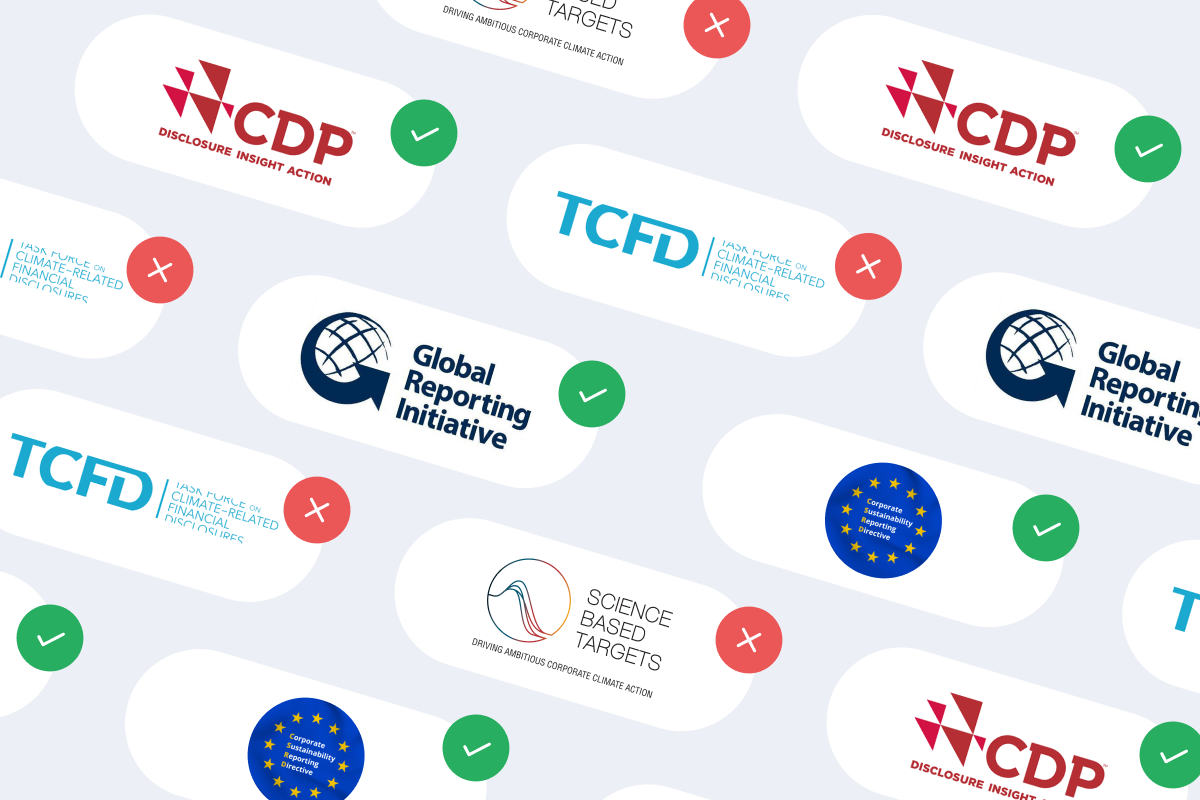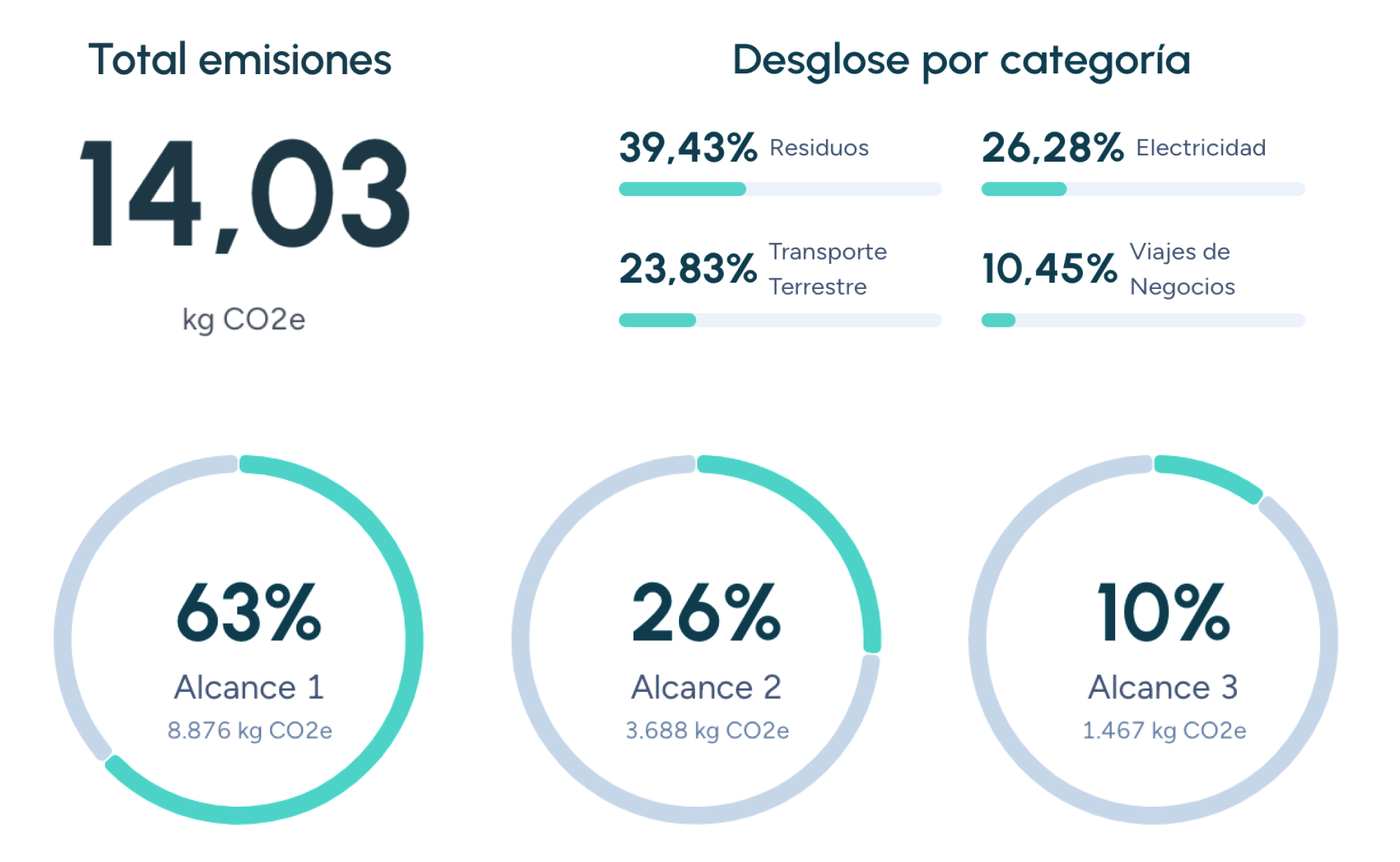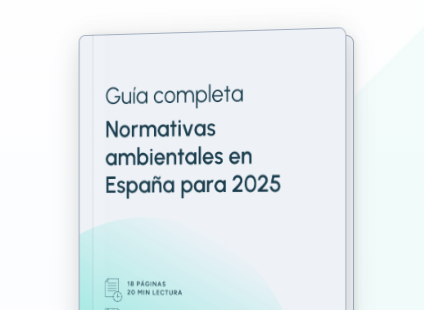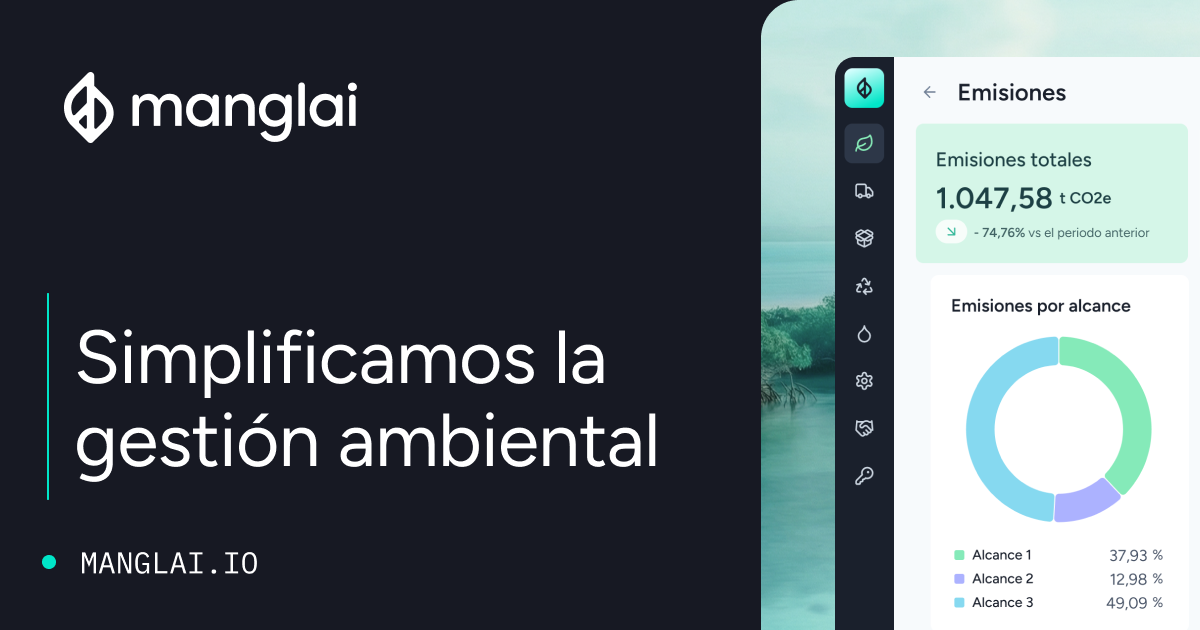E
Event carbon footprint
The event carbon footprint refers to the total amount of greenhouse gas (GHG) emissions generated—directly or indirectly—as a result of organizing and participating in an event, such as a conference, festival, sports competition, or corporate meeting. Measuring and managing it properly is essential to reduce climate impact and promote more sustainable event practices.
Why Measure the Carbon Footprint of Events?
- Environmental awareness: Identifying key emission sources helps implement improvements and reduce impact.
- Corporate responsibility: Organizers and sponsors demonstrate a tangible commitment to sustainability.
- Resource optimization: Monitoring emissions highlights inefficiencies and reduces operational costs.
- Transparent communication: Calculated and offset events convey credibility and strong environmental values.
Main Sources of Event Emissions
- Attendee transportation: Air travel, car use, and public transport.
- Logistics and setup: Freight transport, energy use for stages, tents, and stands.
- Accommodation: Energy consumption in hotels and lodgings (electricity, heating, air conditioning).
- Catering: Food production, transport, and waste management.
- Printed materials and merchandise: Production of brochures, banners, and giveaways.
- On-site energy consumption: Lighting, sound systems, and climate control.
Carbon Footprint Calculation Methodology
- Data collection: Gather information on energy consumption (electricity, fuel), supplier lists, transport distances, etc.
- Emission conversion: Apply emission factors (e.g., kg CO₂e per kWh or per kilometer).
- Categorization by scope: Classify emissions under Scopes 1, 2, and 3, following frameworks such as the GHG Protocol.
- Analysis and reporting: Identify emission hotspots and summarize results in a detailed report.
Reduction Strategies
- Choose sustainable venues: Prioritize energy-efficient locations with good public transport access.
- Promote sustainable mobility: Encourage carpooling, cycling, or train travel.
- Low-carbon catering: Offer vegetarian or locally sourced menus.
- Waste minimization: Use recycled materials and implement recycling or composting systems.
- Digitalization: Replace printed materials with digital communication to reduce paper use.
Emission Offsetting
When total elimination isn’t possible, organizers can offset emissions by investing in:
- Reforestation or ecosystem restoration projects.
- Renewable energy and energy efficiency initiatives.
- Carbon sequestration programs, such as soil carbon storage in agriculture.
Offsets are verified through recognized standards such as the Verified Carbon Standard (VCS) or the Gold Standard.
Benefits of Sustainable Events
- Enhanced reputation: Aligns organizers, sponsors, and participants with environmental values.
- Audience engagement: Encourages sustainability awareness and behavioral change among attendees.
- Media visibility: Sustainable events often attract positive media coverage.
Success Stories
- Virtual conferences: Digital formats—especially post-pandemic—have drastically reduced emissions linked to travel and venue use.
- “Green” festivals: Many music festivals now follow circular economy models, cutting plastic use and managing waste efficiently.
Related Certifications and Standards
- ISO 20121: Event sustainability management systems.
- GHG Protocol: Standard methodology for calculating carbon footprints.
- EMAS or ISO 14001: Environmental management systems that can align with event logistics.
Sustainably organized events not only minimize environmental impact but also strengthen reputation, educate audiences, and set a benchmark for climate-conscious event management.
Companies that trust us

Blue Water Footprint
The blue water footprint represents the volume of surface and groundwater withdrawn from rivers, lakes, reservoirs, and aquifers to produce goods and services.
Blue Water Scarcity
Blue water scarcity is an indicator that compares the consumption of surface and groundwater resources (blue water footprint) with the availability of renewable freshwater within a river basin over a specific period.
Blue carbon
Blue carbon refers to the carbon stored in coastal and marine ecosystems, such as mangroves, seagrass meadows, and salt marshes.
Guiding businesses towards net-zero emissions through AI-driven solutions.
© 2025 Manglai. All rights reserved
Política de Privacidad


